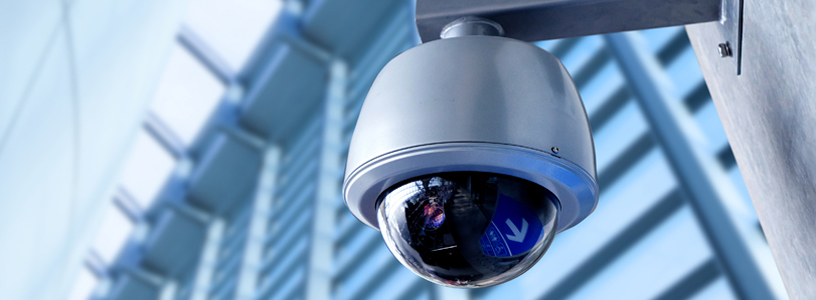The importance of setting up vandal-proof cameras can hardly be overstated since any would-be burglar will be on the lookout for security cameras as a tip-off to a home that has at least some level of protection. While easily deterred burglars might run at the first sign of a security camera, the more determined types might decide to disable the camera itself as a preliminary to vandalizing the home and plundering any valuables inside.
Any CCTV system or simple security camera which isn’t made vandal-proof should be considered vulnerable to attack and has the potential to be rendered useless. Your local residential locksmith can implement some precautionary measures with your access control system so that it can be made virtually invulnerable to attack from even skilled and persistent intruders. If you happen to be the do-it-yourself type, you may want to try a few of these ideas yourself, otherwise – don’t hesitate to leave it to the experts.
Vandal-proofing your security setup
The primary focus of vandal-proofing needs to be the camera itself. If it’s hidden from view, that can go a long way toward avoiding attention from a burglar, although it must be kept in a good line of sight from your entrance. Next, the camera itself should have tamper-proof construction, which means all screws should be recessed, so as to be unreachable with any standard screwdriver or hex wrench – only you would have the appropriate tool to reach those screws.
The camera should also be made impervious to powerful impacts, such as from a hammer or a rock. When you check out security cameras in a store, or at your local commercial locksmith, be sure to check out the impact rating it has. There’s a whole international standard that has been established, and camera manufacturers build their products to specifications that correspond to the various impact levels identified in the international standard.
Finally, one of the most obvious ways to disable a security camera system would be to cut any cables running from the camera to the home’s interior, presumably to the control panel, where information is transmitted. The solution to this glaring vulnerability is to conceal all cabling from view, so it doesn’t attract the attention of your burglar. A surface-mounted dome camera would have its cable exiting the back of the unit, directly into the home’s interior, so it literally could not be clipped with wire cutters.
A secondary method of protecting the cable is by housing it in a mounting bracket which might look something like a square pipe, and which carries the cable inside it, safe from harm by the criminal-minded, and then enters the building within a few feet of the camera itself. A camera cable conduit has a similar strategy, in that it has the cable inside it, protecting it from damage. This looks more like a long, round pipe, and it is used in situations where there is no convenient entry into the building, anywhere close to where the camera itself is located.

